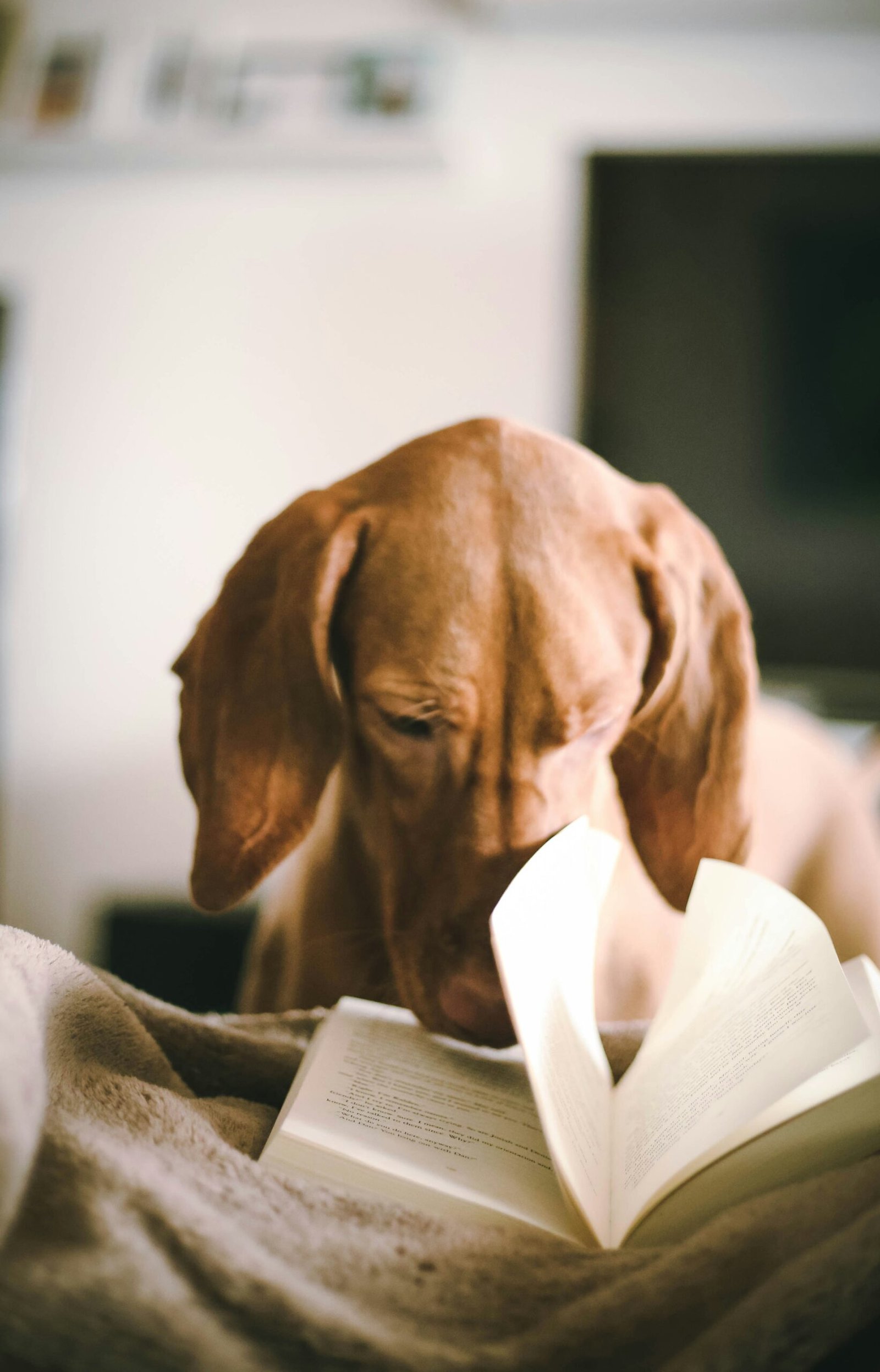Welcoming a new pet into your home is an exciting time, but it’s important to ensure that your furry friend stays safe and secure. Just like childproofing, pet-proofing your home is essential to protect your curious companion from potential hazards. By identifying and addressing these hazards, you can create a safe haven for your pet to explore and enjoy. Here are some tips on how to pet-proof your home.

1. Secure Your Space
Start by examining your home from your pet’s perspective. Look for any small openings or gaps where your pet could potentially get stuck or escape. Block off access to areas such as under the bed, behind furniture, or any other tight spaces that could be dangerous. Use baby gates or pet barriers to restrict access to certain rooms or areas of your home.
2. Store Hazardous Materials
Just like children, pets are naturally curious and may investigate anything within their reach. Store household chemicals, cleaning supplies, medications, and other hazardous materials in locked cabinets or high shelves. Keep trash cans securely covered to prevent your pet from rummaging through them and potentially ingesting something harmful.
3. Hide Electrical Cords
Exposed electrical cords can be tempting chew toys for pets, leading to electric shock or other injuries. Keep cords out of reach by using cord covers or tucking them away behind furniture. You can also use bitter apple spray or other pet-safe deterrents to discourage your pet from chewing on cords.
4. Secure Windows and Balconies
Ensure that all windows and balconies are securely screened or closed to prevent your pet from accidentally falling or escaping. Cats, in particular, are known for their agility and love of heights, so make sure windows are not left open without proper protection.
5. Check for Toxic Plants
Some common household plants can be toxic to pets if ingested. Research the plants in your home and remove any that could pose a risk. Opt for pet-friendly plants instead, such as spider plants or Boston ferns, which can add a touch of greenery without endangering your pet.
6. Safeguard the Kitchen
The kitchen can be a hazardous area for pets, with hot surfaces, sharp objects, and toxic foods. Keep your pet out of the kitchen while cooking, and never leave hot stovetops unattended. Store knives and other sharp utensils in drawers or knife blocks, and ensure that all toxic foods, such as chocolate, onions, and grapes, are securely stored away.
7. Secure Trash and Recycling Bins
Pets are notorious for their love of exploring trash cans and recycling bins. To prevent your pet from ingesting something harmful or making a mess, invest in pet-proof trash cans with secure lids. Keep recycling bins out of reach or use bins with locking mechanisms to avoid any accidents.
8. Create a Safe Outdoor Space
If you have a yard or outdoor space, it’s essential to pet-proof it as well. Check for any gaps in fences or potential escape routes. Remove any toxic plants or chemicals from the area, and ensure that your pet has access to shade, water, and shelter from the elements.
Remember, pet-proofing your home is an ongoing process. Regularly inspect your living space for any new hazards or potential dangers. By creating a haven for your curious companion, you can enjoy peace of mind knowing that your pet is protected and free to explore their surroundings.
Implementing these pet-proofing tips will help you create a safe and secure environment for your beloved pet. By taking the necessary precautions, you can ensure that your furry friend stays out of harm’s way and can fully enjoy their new home.
